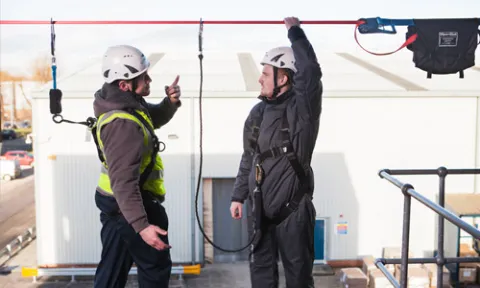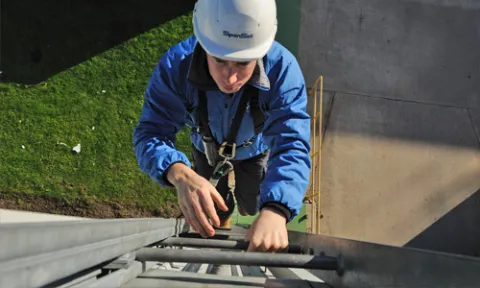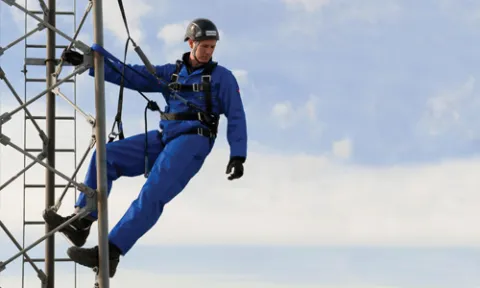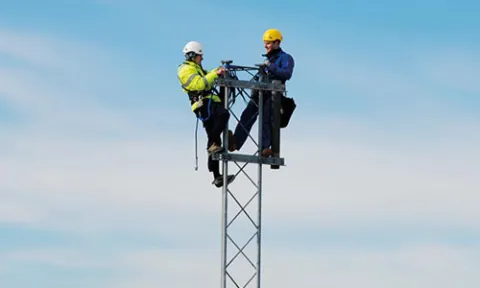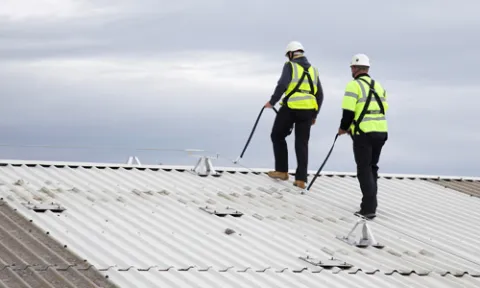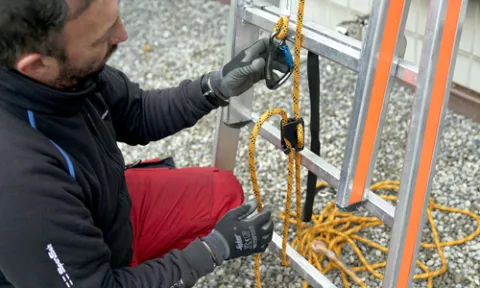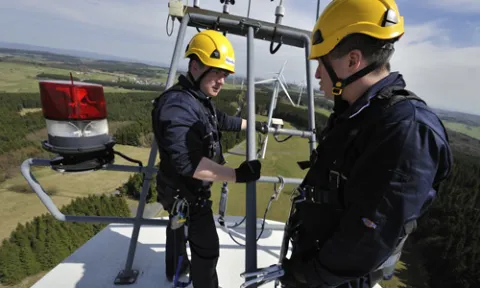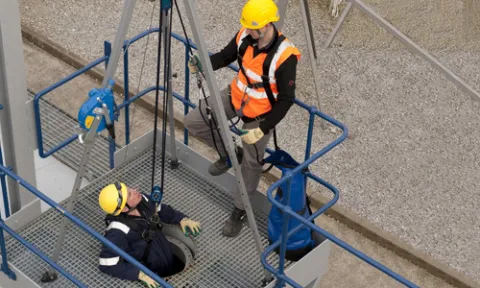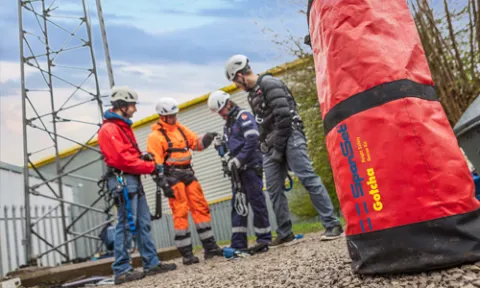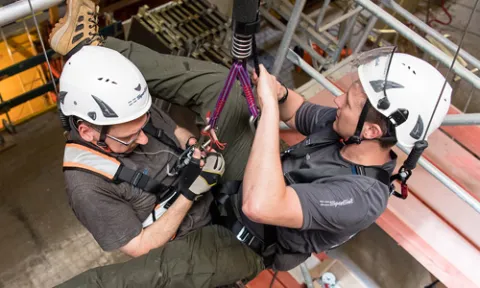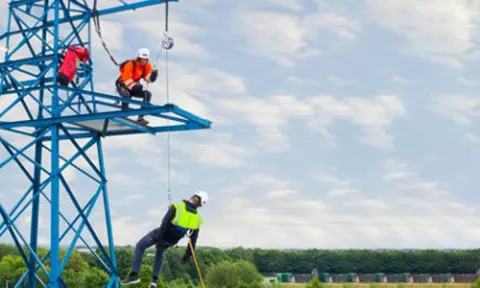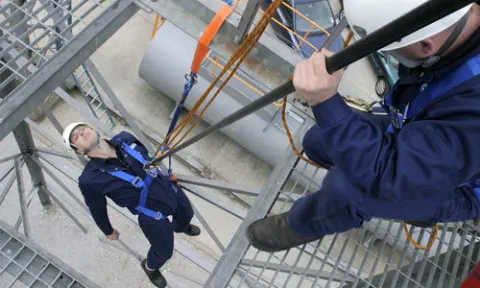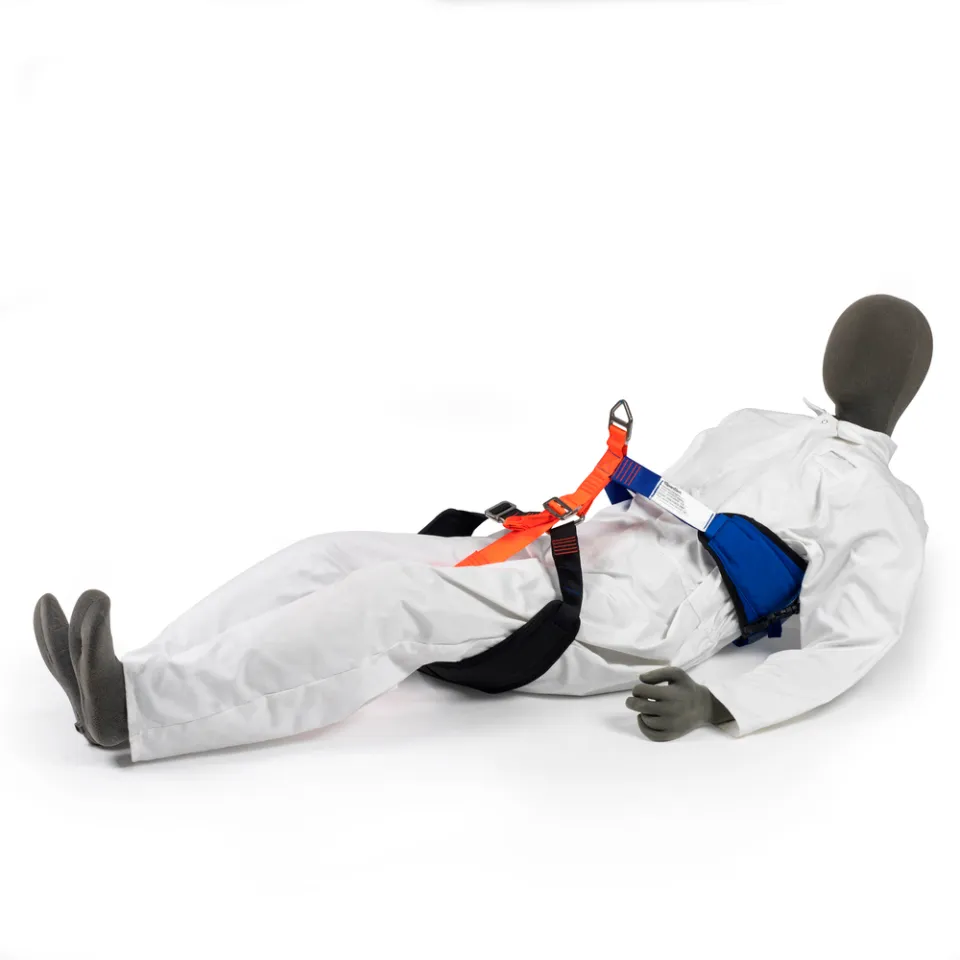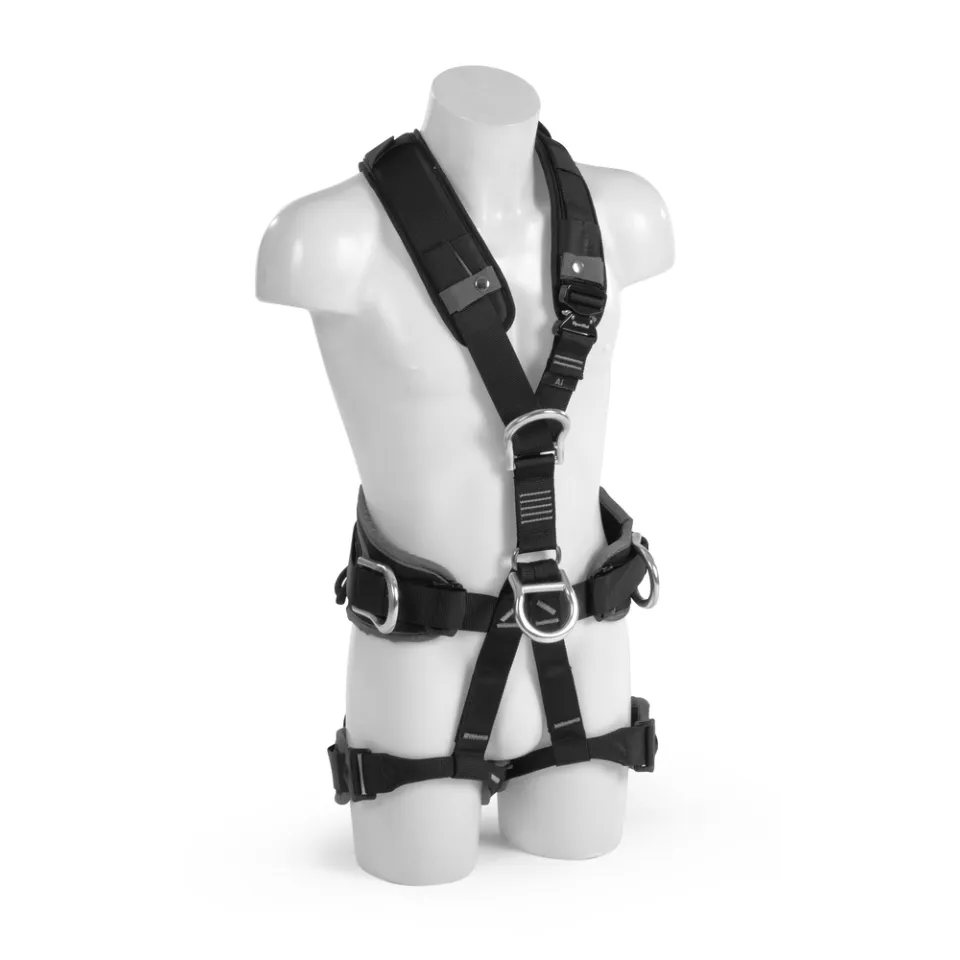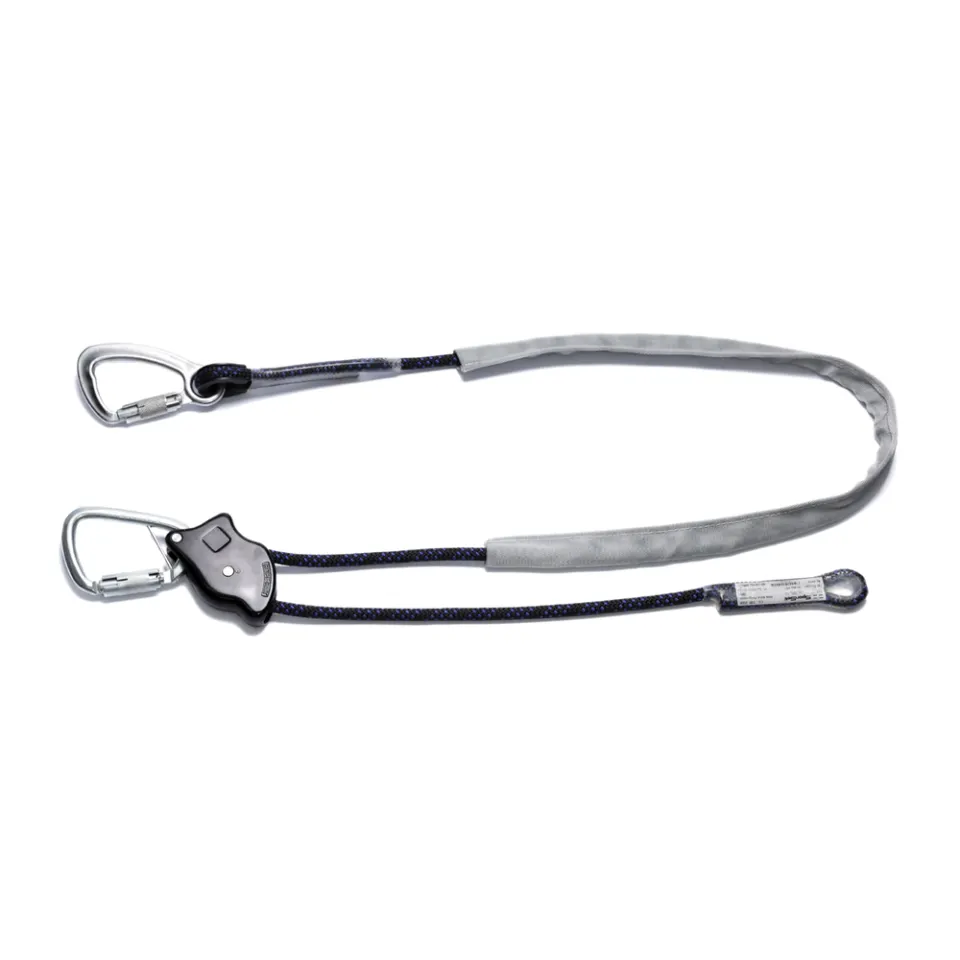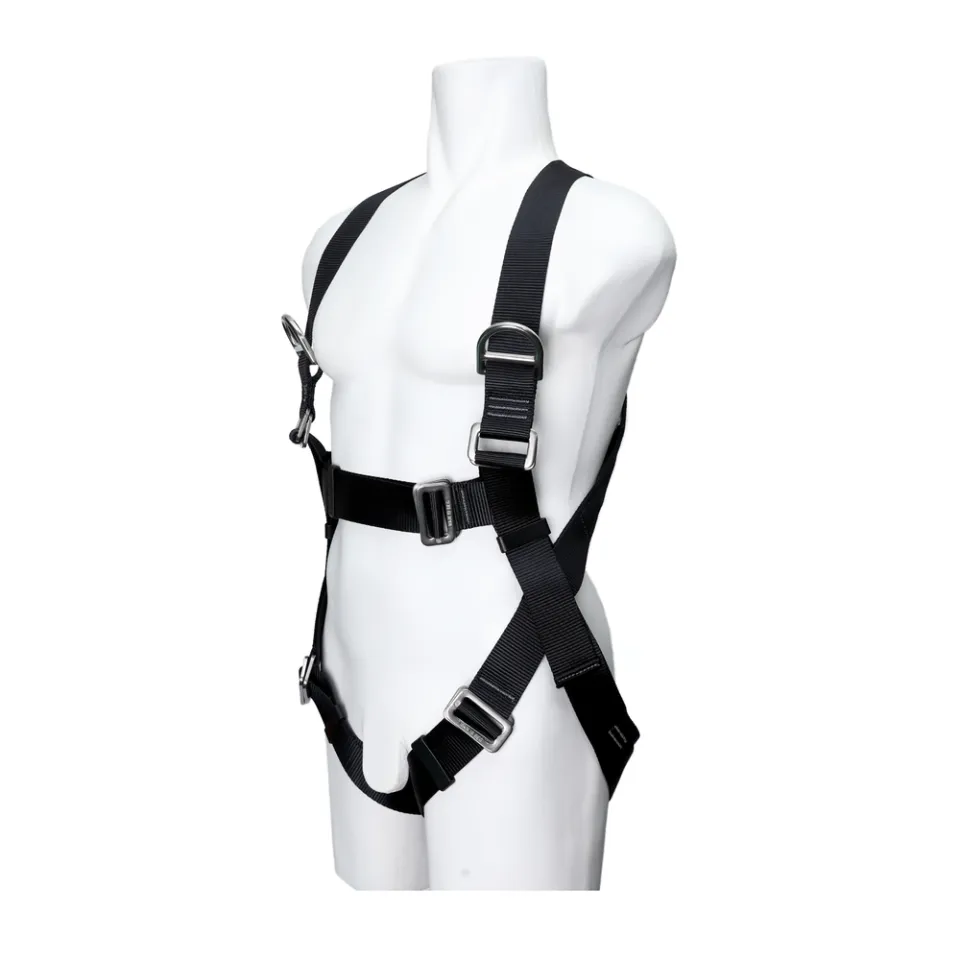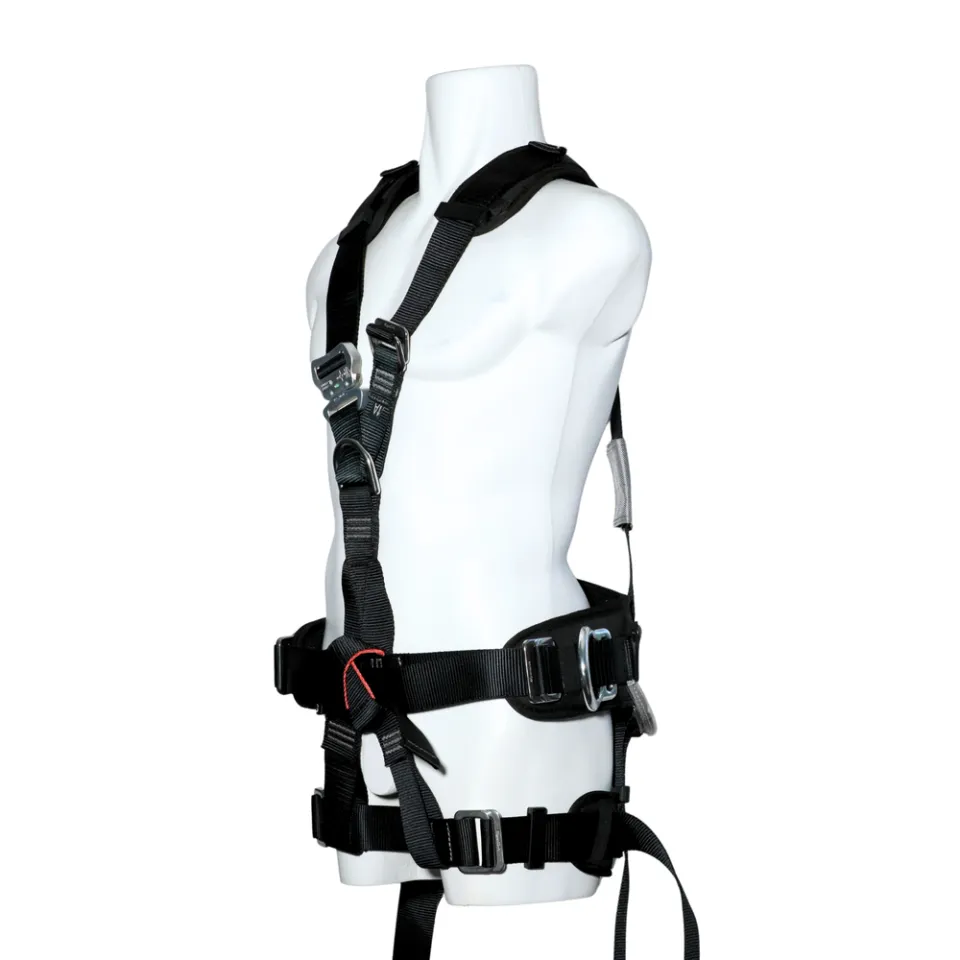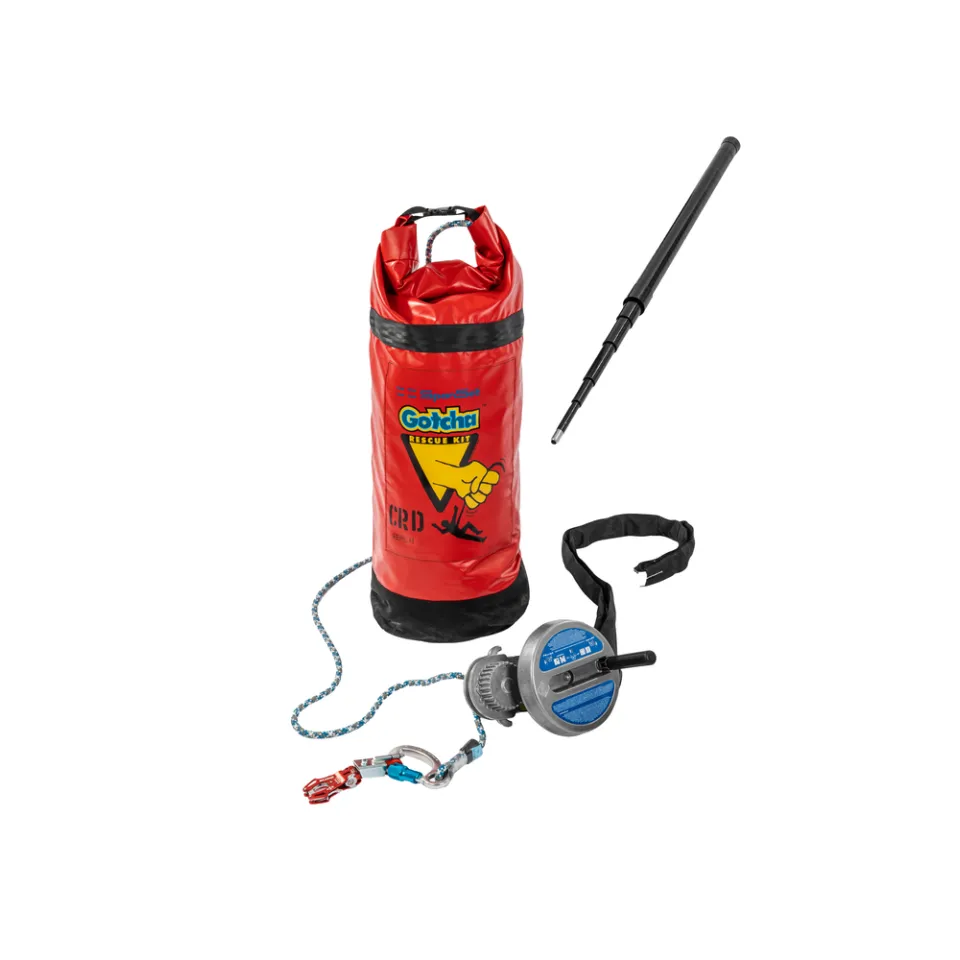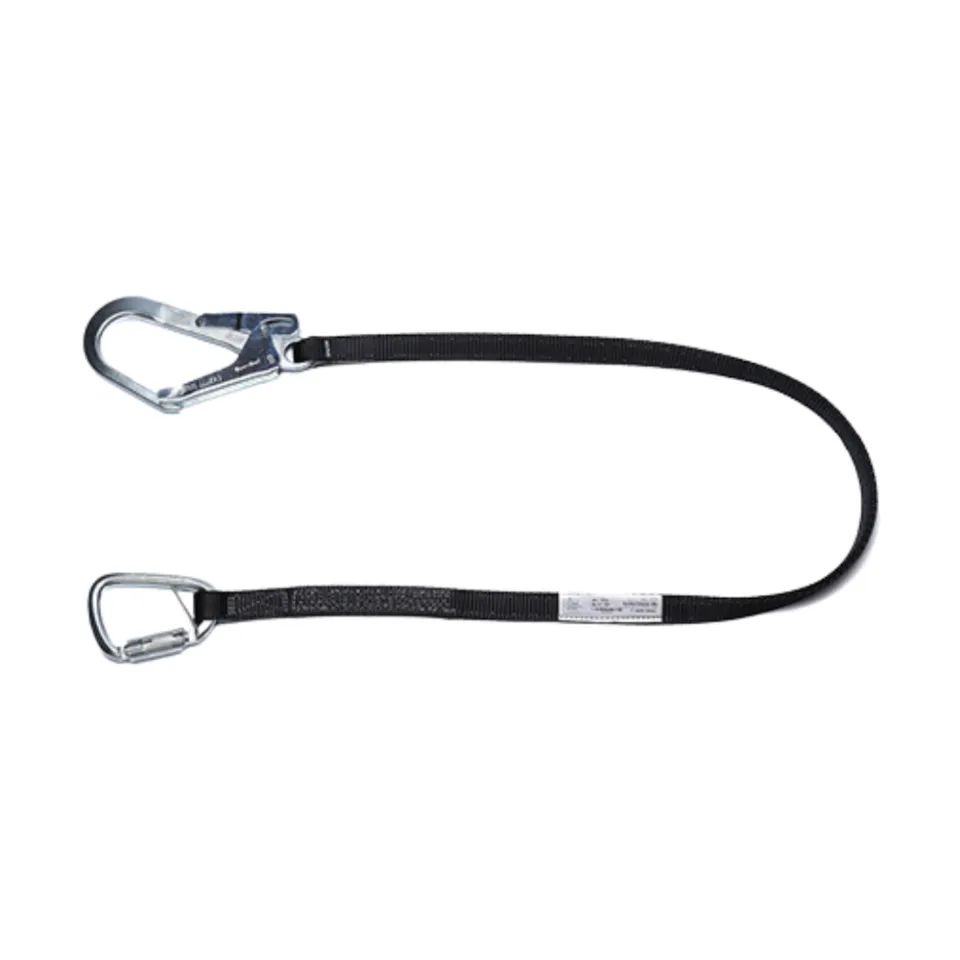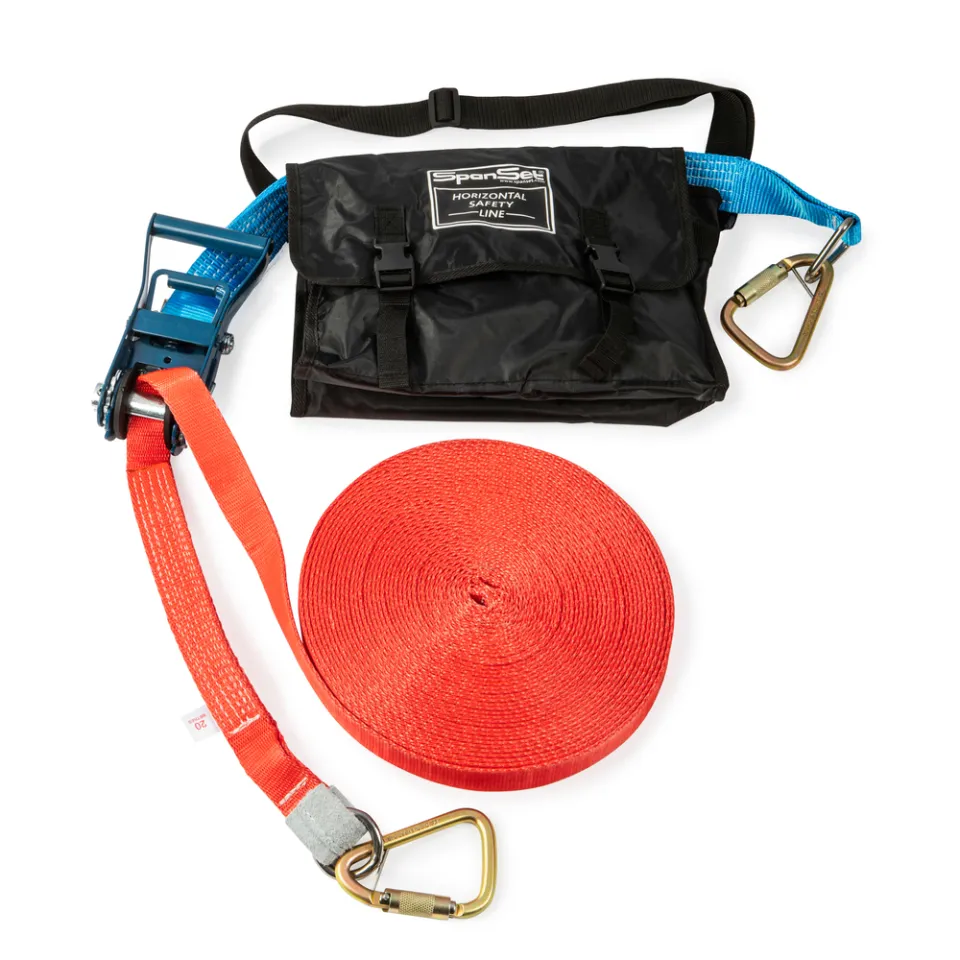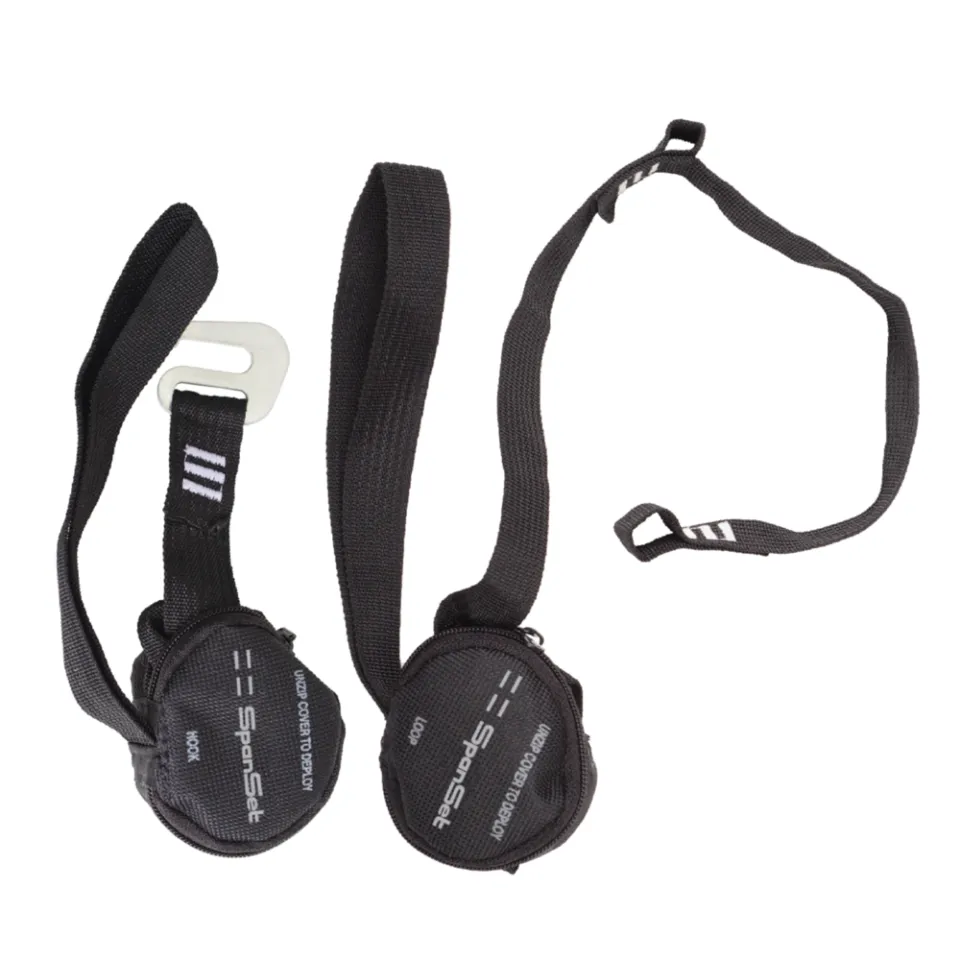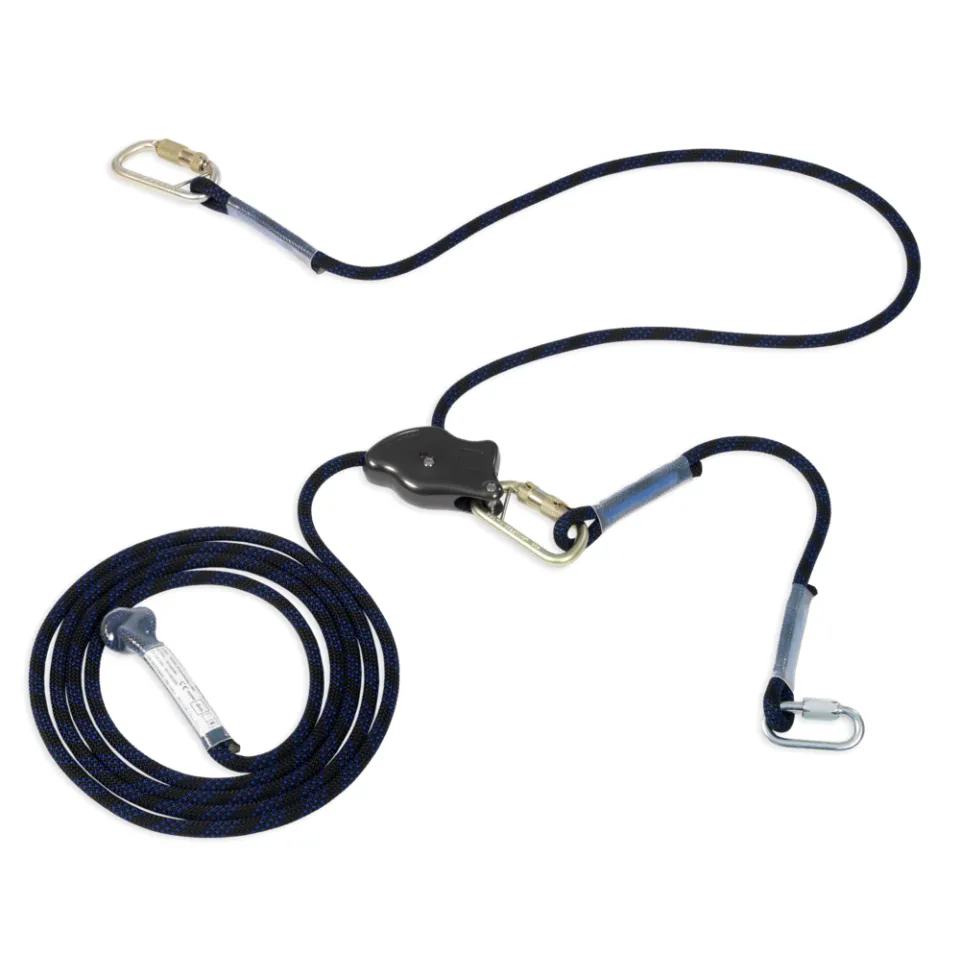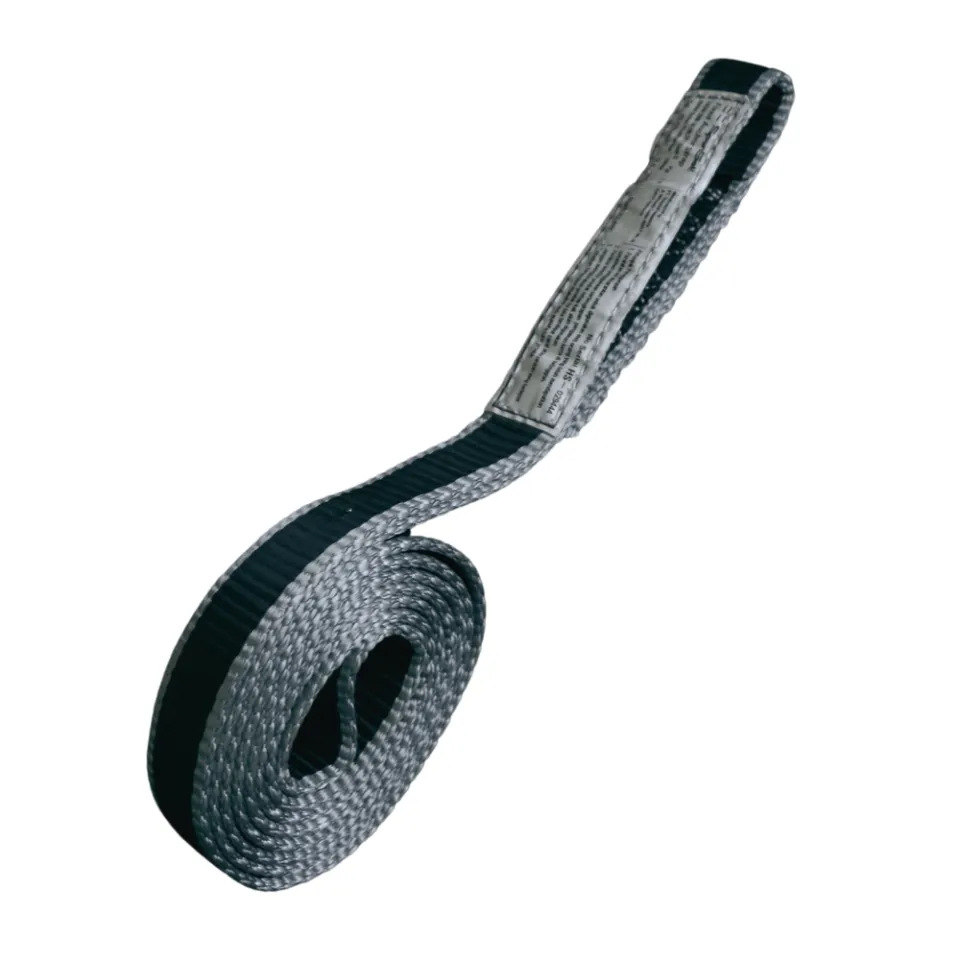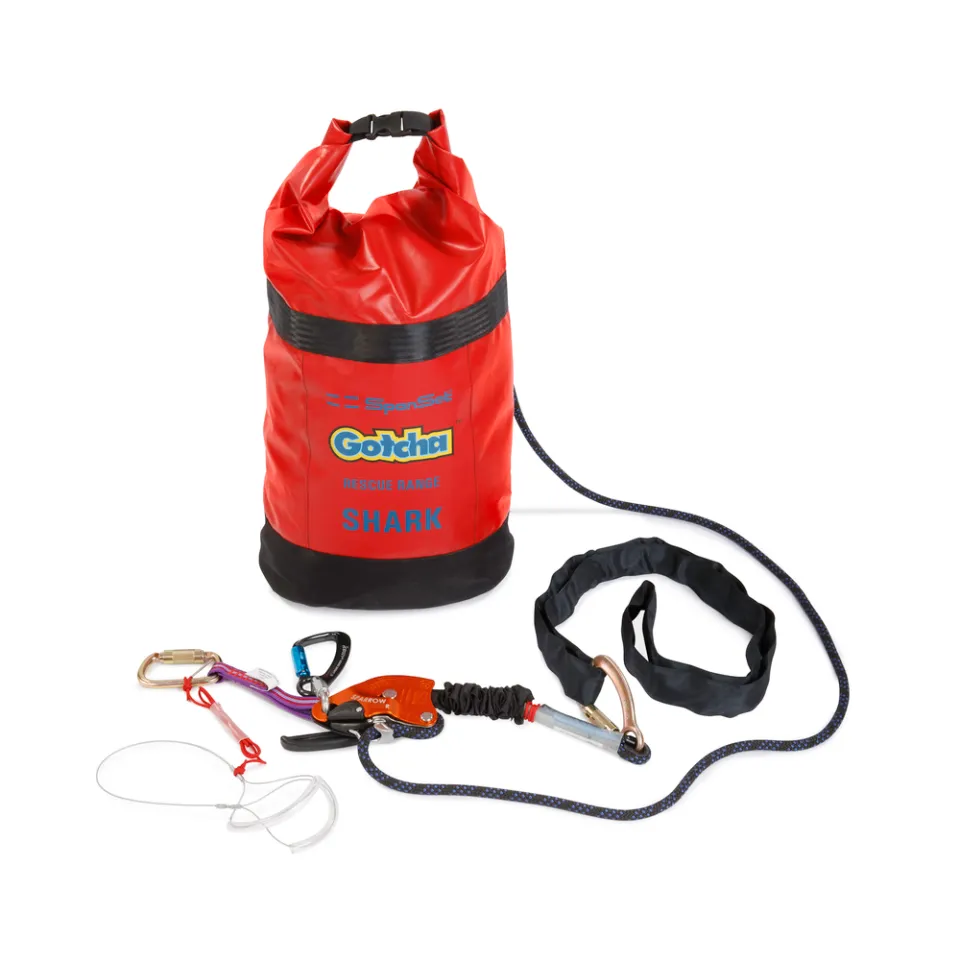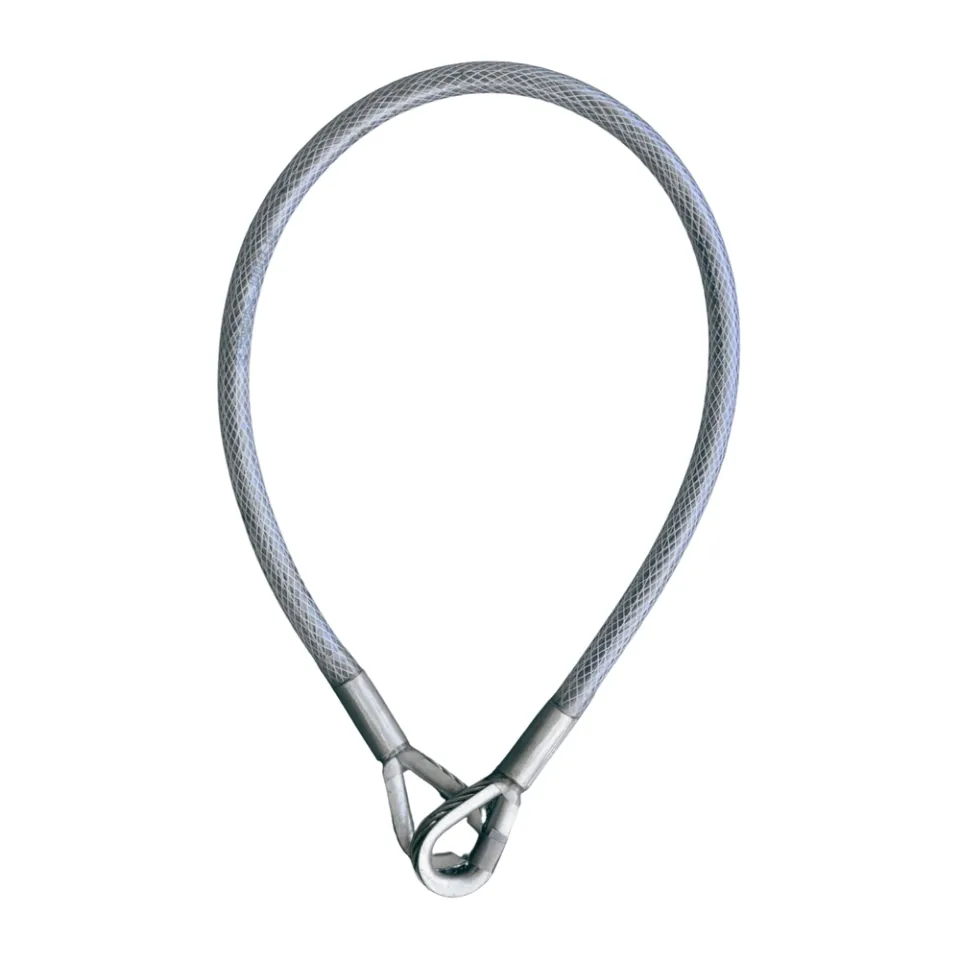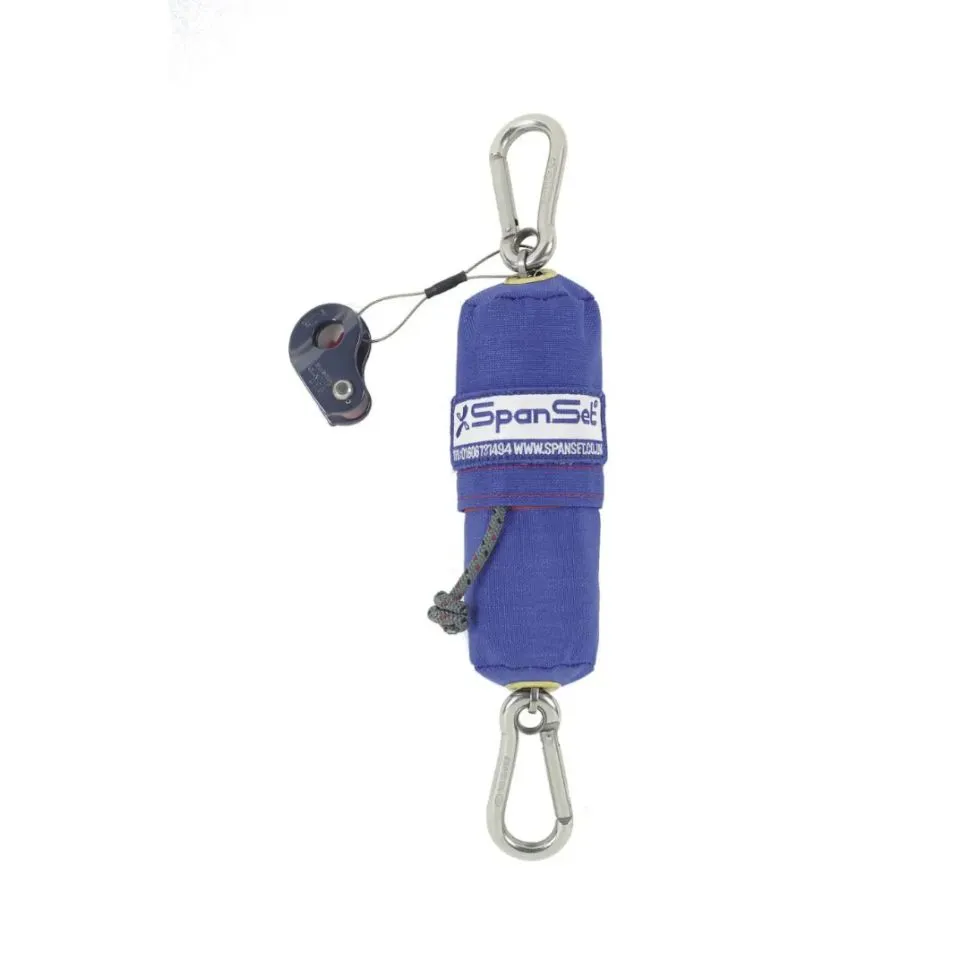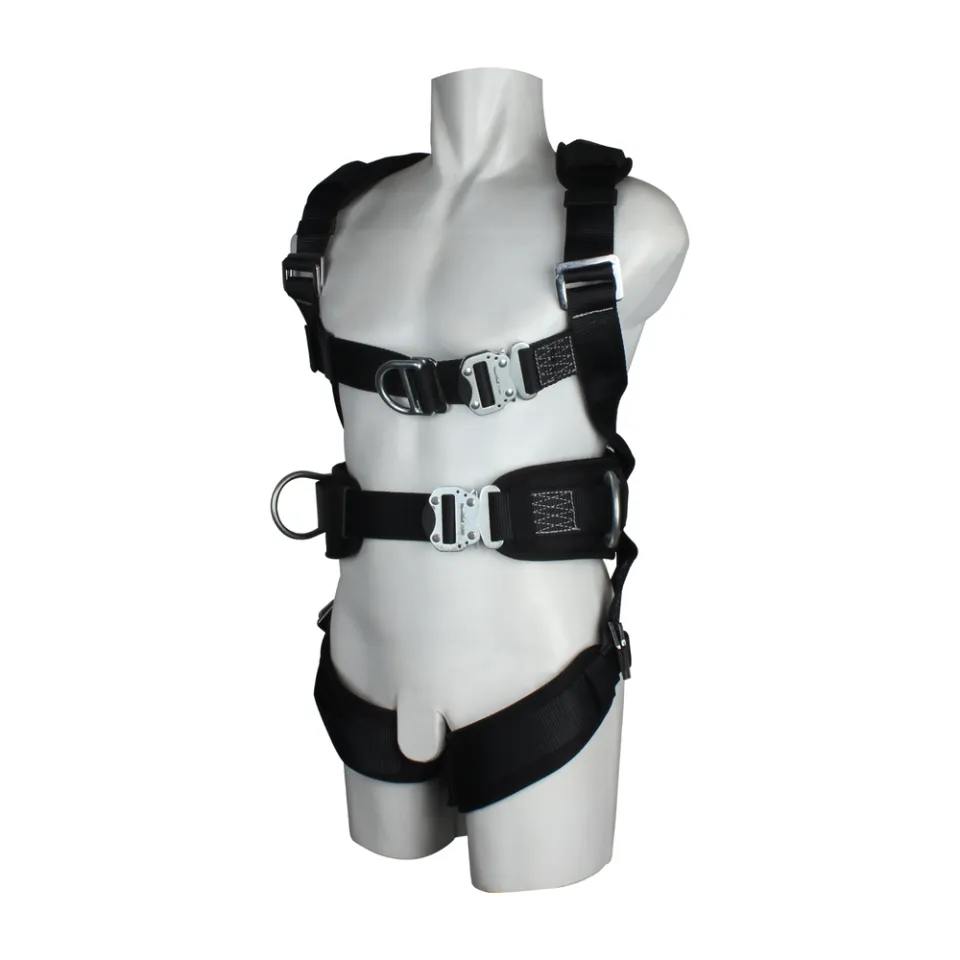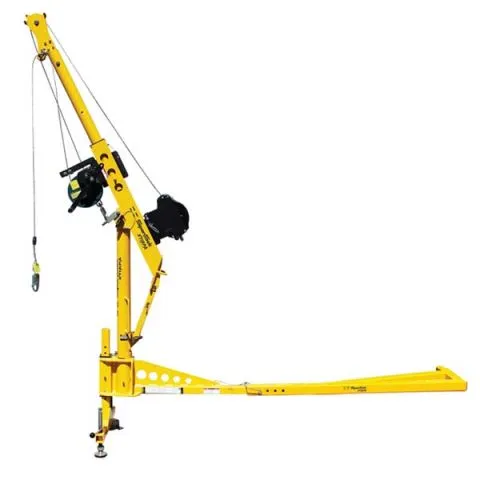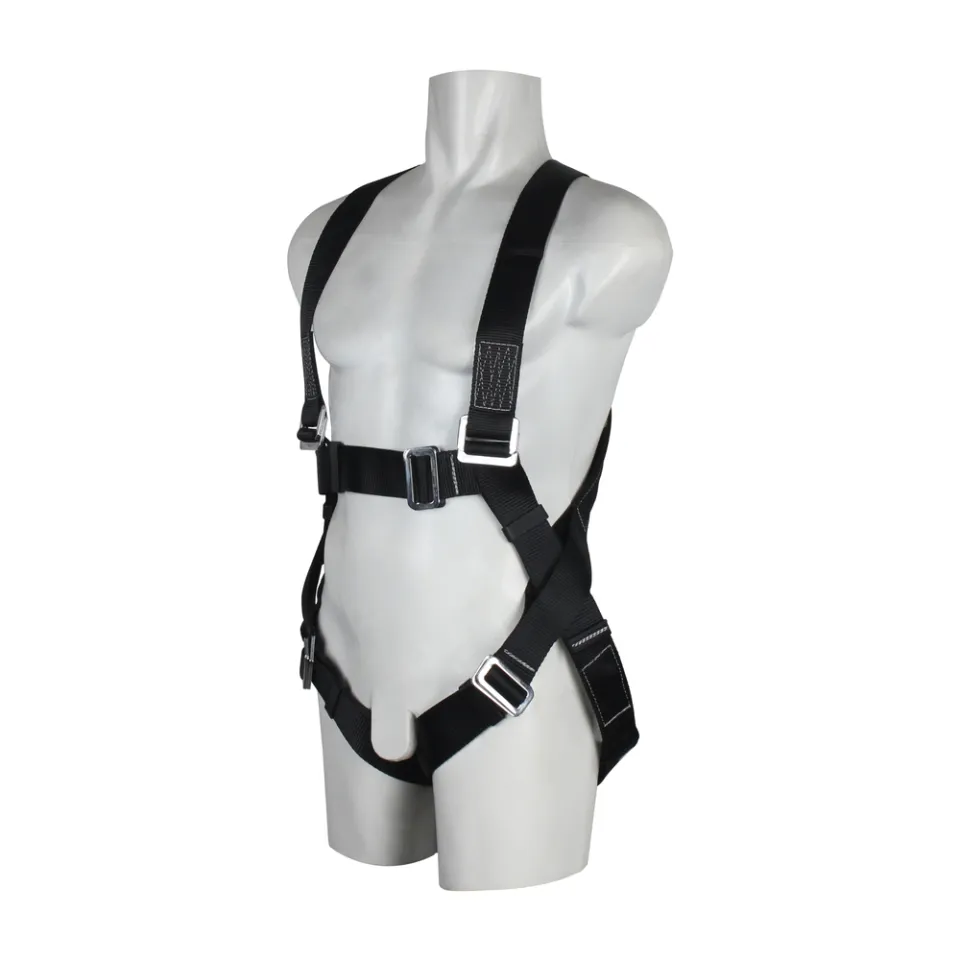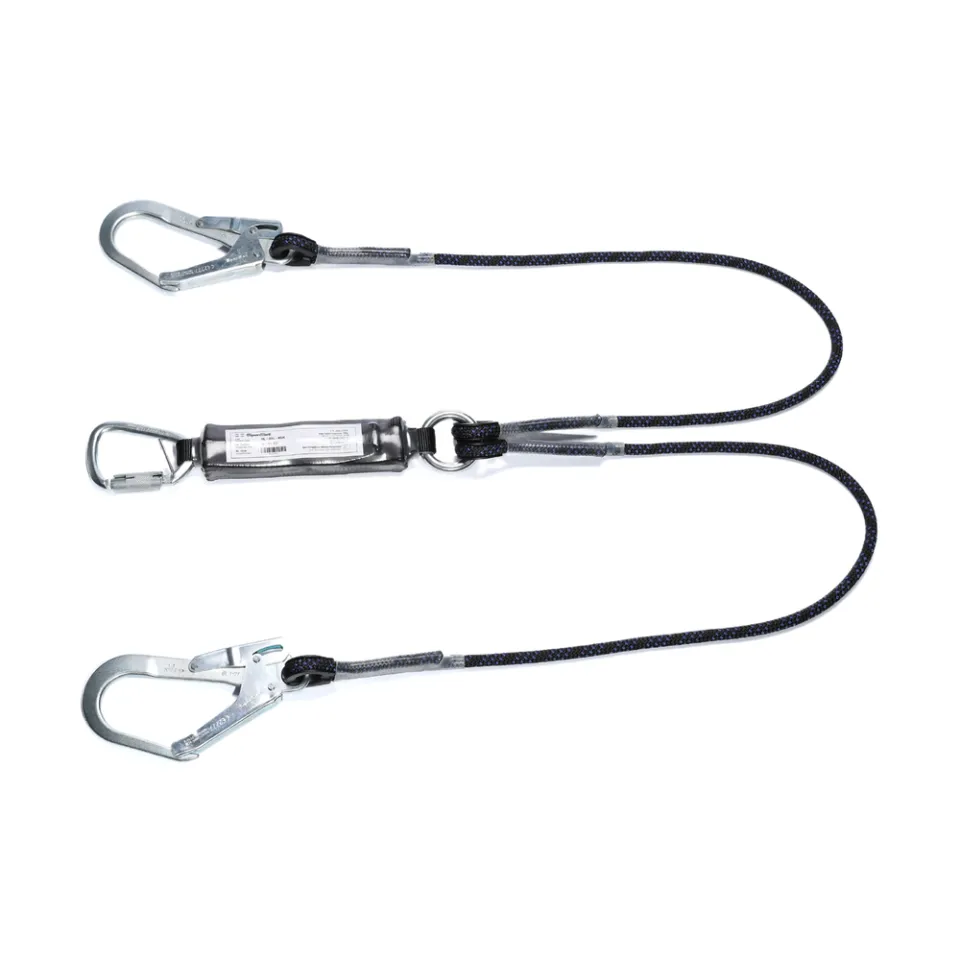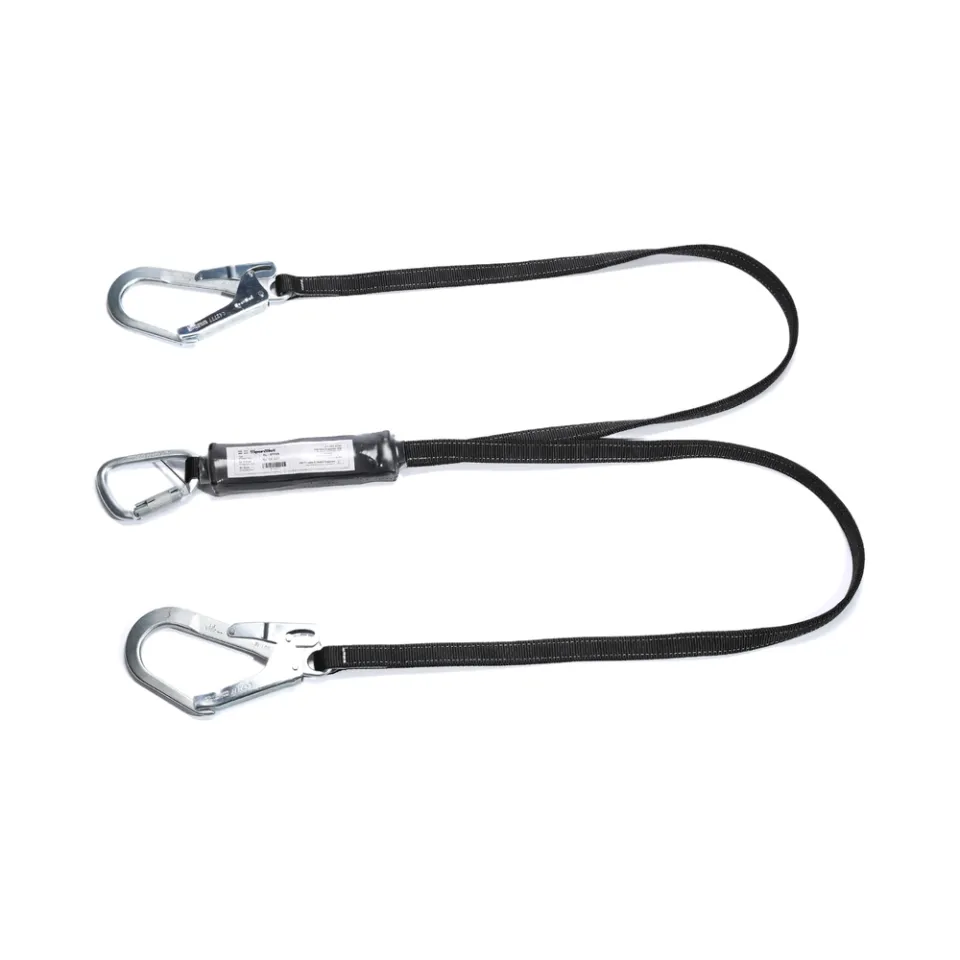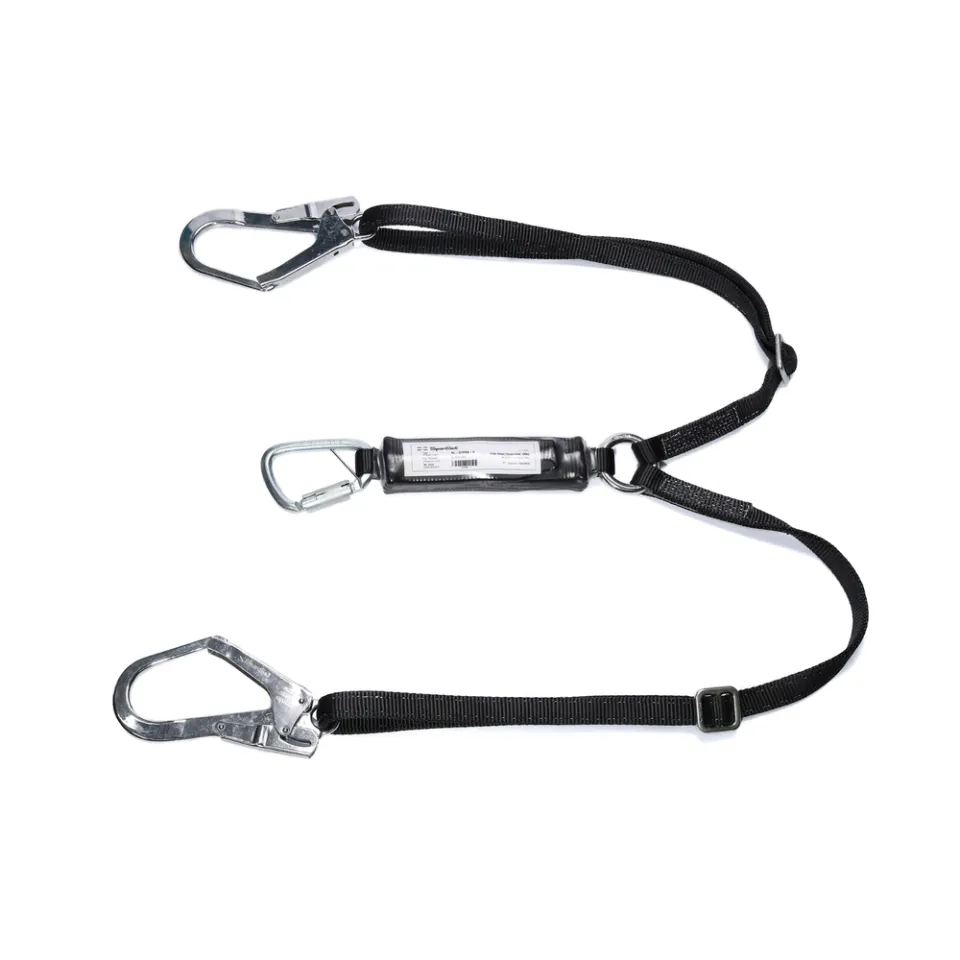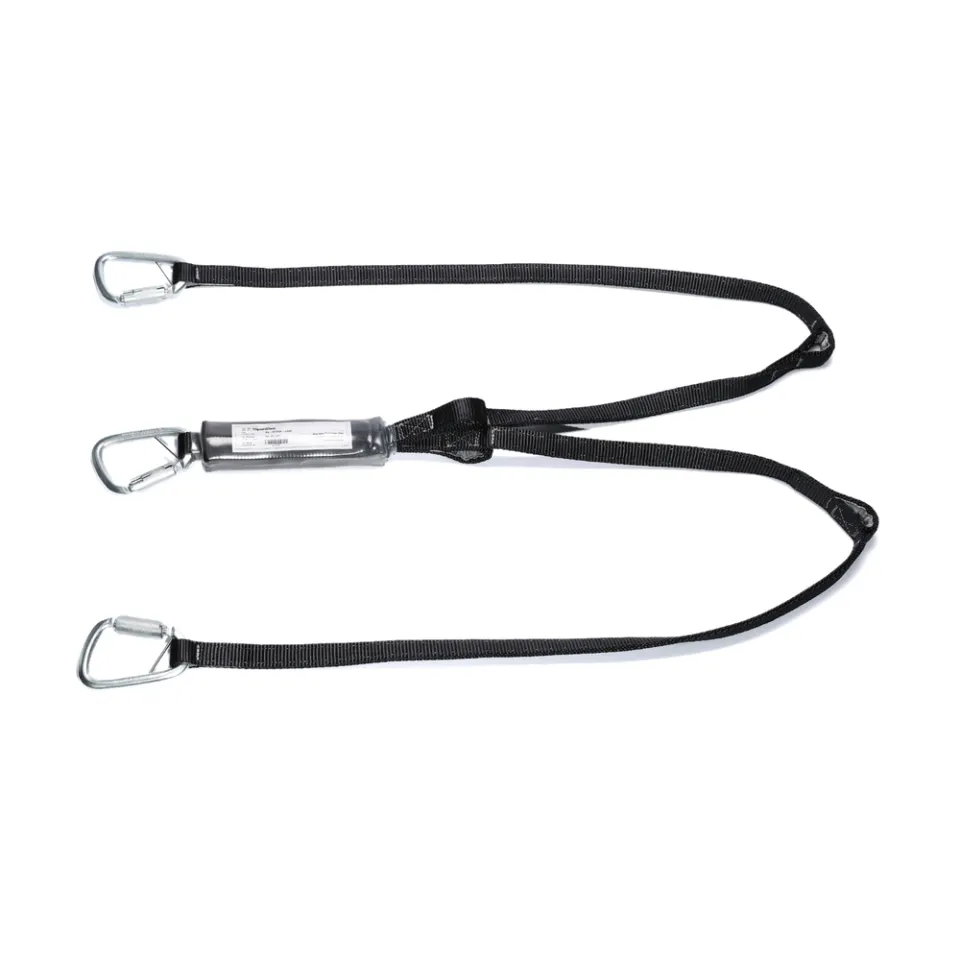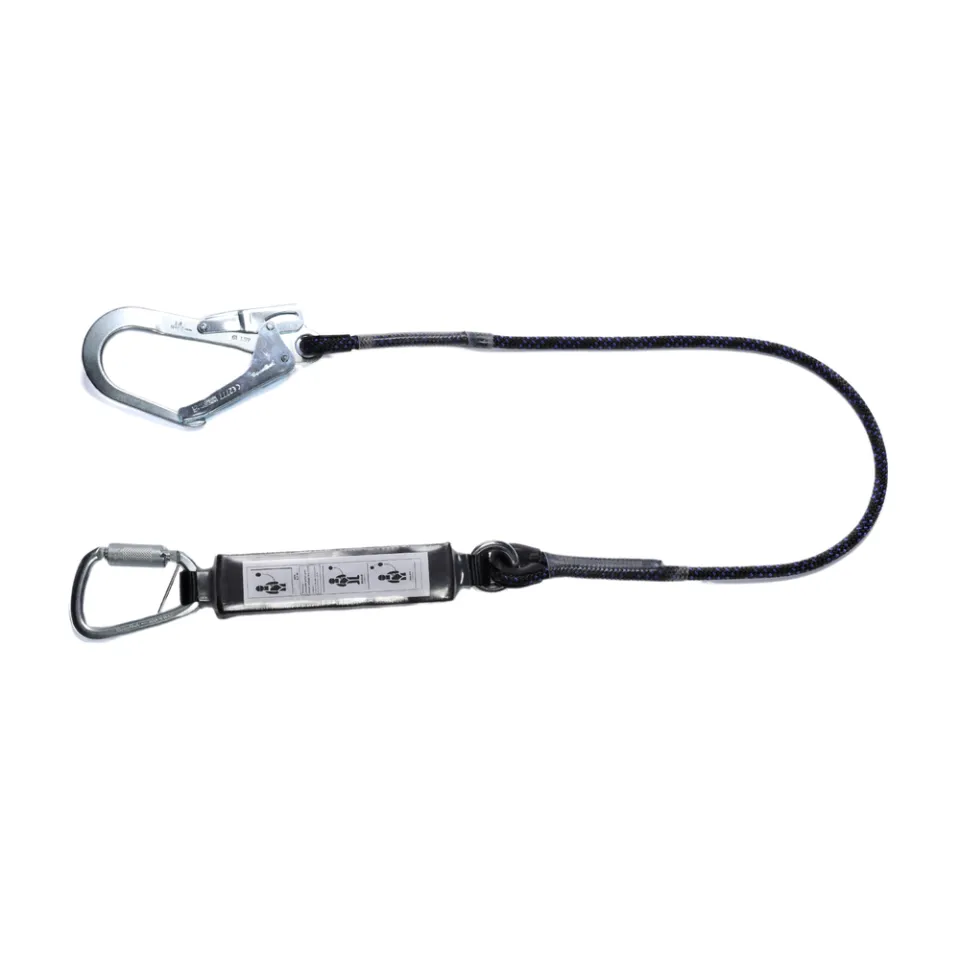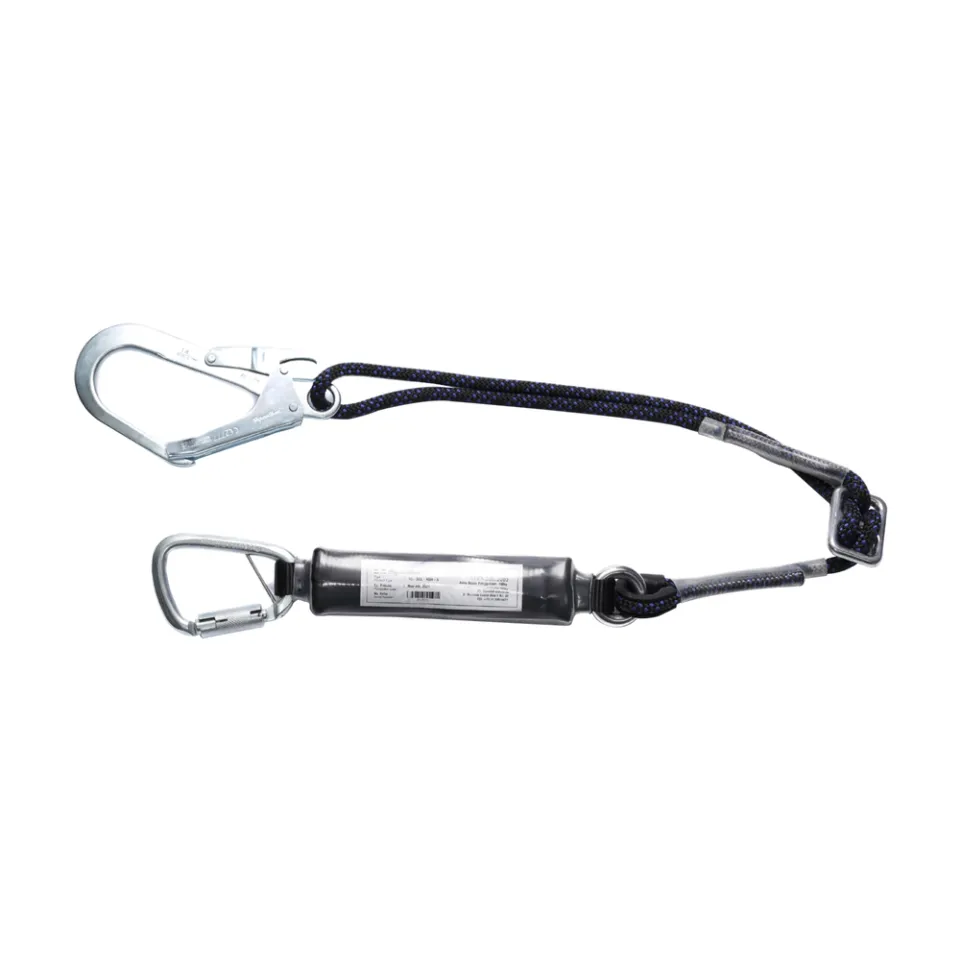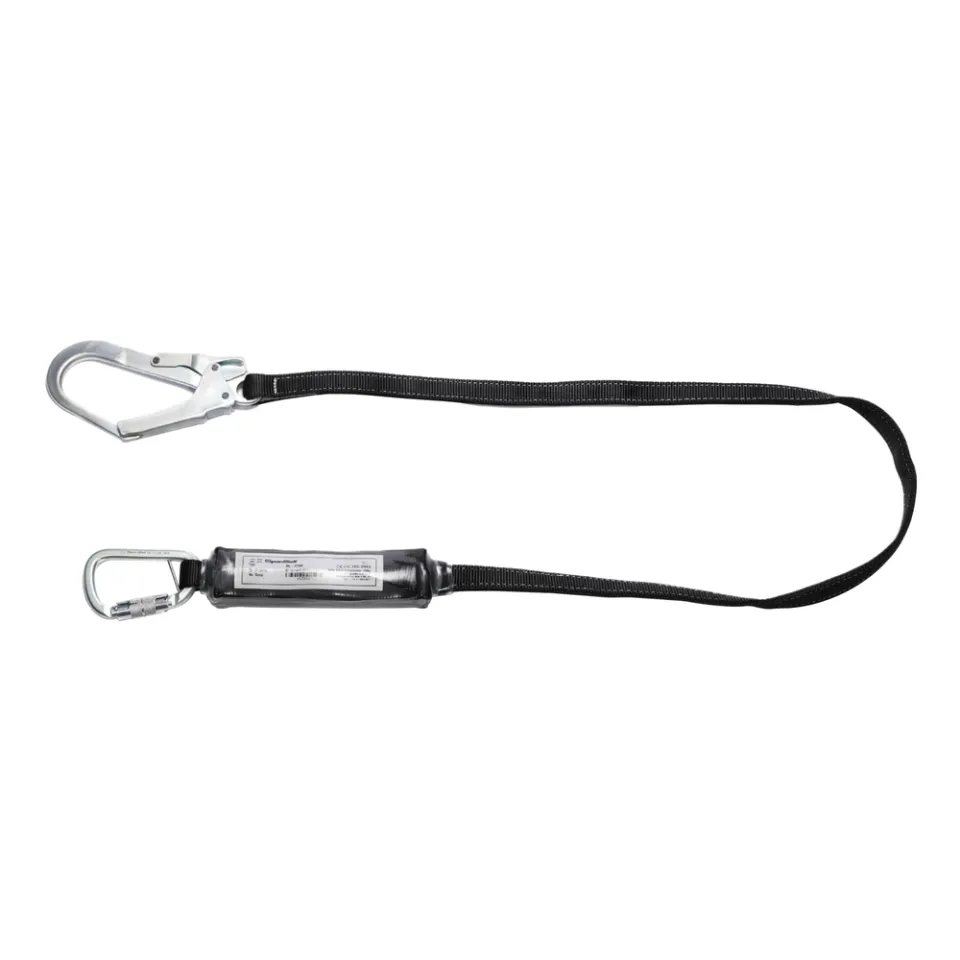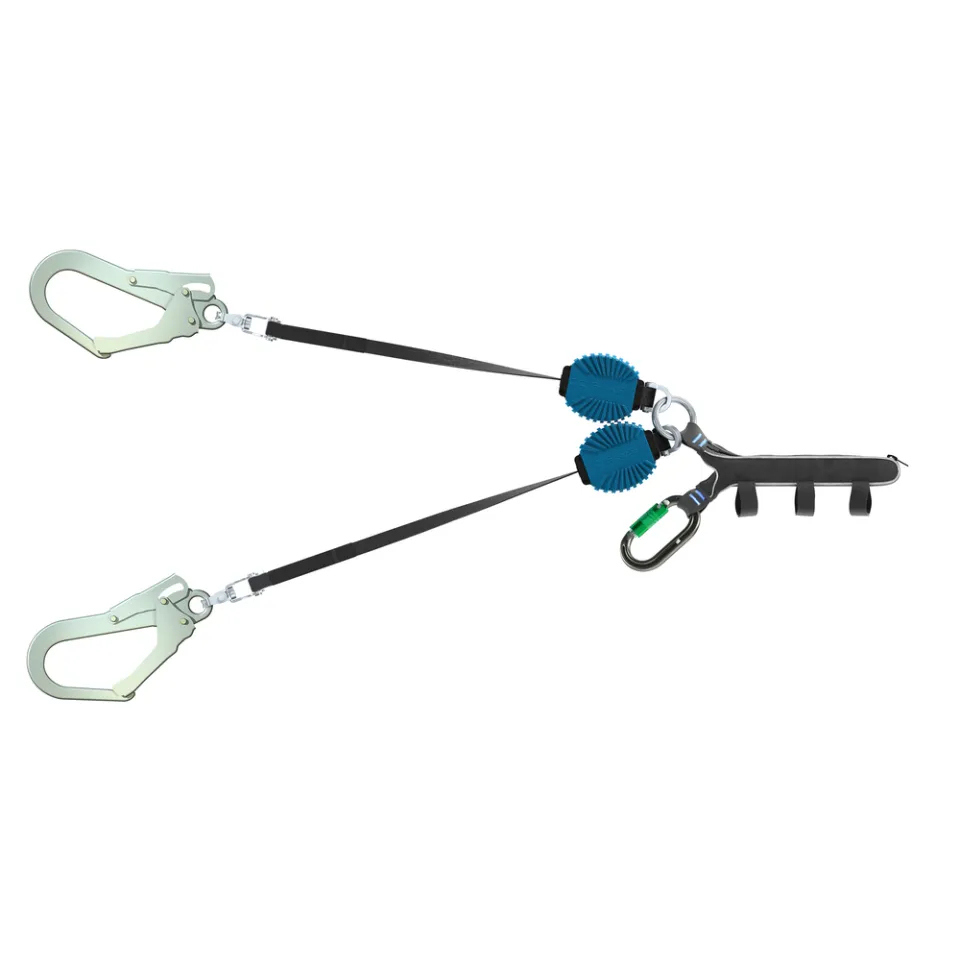Understanding TKBT Certification
Understanding TKPK Certification
Key Differences Between TKBT and TKPK
What will you learn in the Height Safety Course?
Height Safety Equipment
Appreciation and Inspection
Designed to provide operators with an understanding of the principles for the selection, use and maintenance of PFPE and legislation.
Practical Use of Personal
Fall Protection Equipment
This practice module is designed for workers who use temporary fall arrest equipment to access or protect them during their work.
Advanced Industrial
Climber Training
For those who wish to supervise work on towers, pylons and similar structures.
Occasional Industrial
Climber Training
For work on towers, masts and pylons or similar industrial structures using pre installed safety systems combined with work position techniques.
Rooftop Safety
Work Restraint Training
Training focused on safe work practices when working on rooftops.
Compentent Person Practical
Inspection & Record Keeping
For workers who will be nominated as competent persons to carry out maintenance of personal fall arrest equipment.
Management of Work at
Height Training
Training designed to manage and oversee work at height effectively.
Access, Egress, Rescue from
Confined Space
Training focused on safe entry, exit, and rescue from confined spaces.
GOTCHA Kit
Rescue Training
Module designed for traders working at heights who need a pre-assembled rescue kit as part of their first response rescue solution.
Shark
Rescue Training
Training focused on rescue techniques using Shark rescue equipment.
CRD Kit
Rescue Training
Training focused on rescue techniques using CRD rescue equipment.
Pool Top
Rescue Training
Training focused on rescue techniques specific to pool top environments.
Essential Safety Equipment
SpanSet training - Online Booking
Complete this form to arrange a training session. These trainings will make your team work better and safer. Don't wait anymore!
Contact us for more information
If you need help choosing your training or if you want the most suitable training for your job, please contact us for more information.
Frequently Asked Questions - Height Safety Training
| Question | Answer |
|---|---|
| What are TKBT and TKPK? | TKBT (High Building Worker) and TKPK (Height Worker) are certifications for workers performing height tasks. TKBT focuses on construction work with platform access, while TKPK focuses on rope access work. |
| Why is this training important? | Training enhances safety awareness, mastery of height work techniques, and ensures compliance with safety regulations. It helps reduce accident risks and protects workers. |
| Key differences between TKBT and TKPK? | - TKBT: Work using platforms like scaffolding, gondolas, boom lifts - TKPK: Work using rope access systems for areas without direct access |
| Training benefits? | - Enhanced safety awareness - Height work technique mastery - Legal compliance understanding - Improved team communication |
| TKBT 1 vs TKBT 2? | - TKBT 1: For beginners working at heights with access - TKBT 2: For experienced workers supervising team safety |
| TKPK Levels (1,2,3)? | - TKPK 1: Simple, short-duration work under supervision - TKPK 2: Complex work, independent anchor creation, supervising TKPK 1 - TKPK 3: Large projects, safety system planning, anchor inspection |
| Certification received? | - TKBT/TKPK Certificate from Ministry of Manpower - Authority Card (License) |
| Where to get training? | At accredited training institutions like SpanSet Indonesia |
